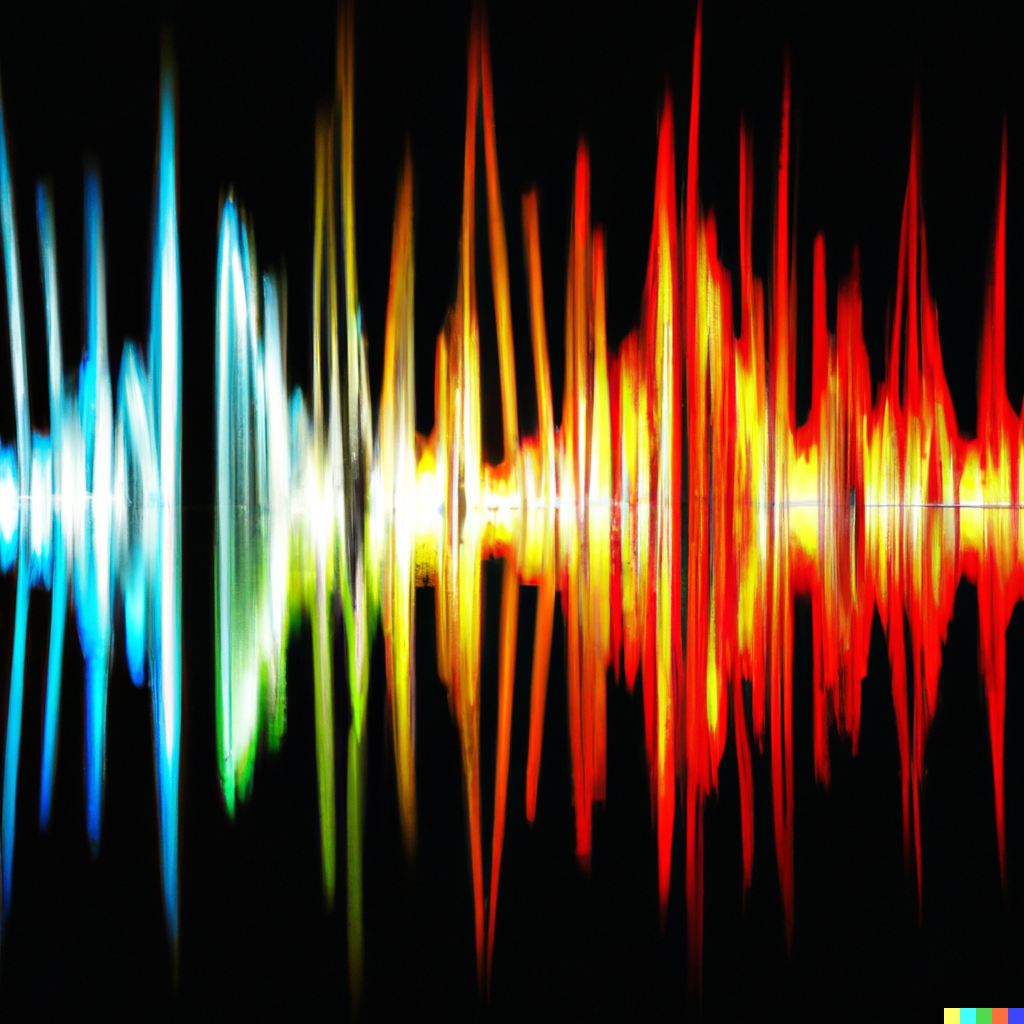What Recording Studio Equipment Do You Need for a Professional Sound?
If you are looking to set up a recording studio, it’s important to know what equipment you need to achieve a professional sound. From microphones to monitors, there are several key pieces of equipment that are essential to producing high-quality recordings. In this article, we will take a closer look at the recording studio equipment you need to create a professional sound.
Table of Contents
- Introduction
- Microphones
- Dynamic Microphones
- Condenser Microphones
- Ribbon Microphones
- Audio Interface
- Digital Audio Workstation (DAW)
- Studio Monitors
- Headphones
- Cables and Accessories
- Acoustic Treatment
- Conclusion
- FAQs
Introduction
Recording studio equipment has come a long way over the years, with technology advancing at a rapid pace. However, there are some pieces of equipment that remain essential to achieving a professional sound. Whether you are recording music, voiceovers, podcasts, or any other type of audio, having the right equipment is crucial. In this article, we will cover the main pieces of equipment you need to set up a recording studio and achieve a professional sound.
Microphones
When it comes to recording audio, the microphone is one of the most important pieces of equipment. There are several different types of microphones, each with their own strengths and weaknesses. The three main types of microphones used in recording studios are dynamic, condenser, and ribbon microphones.
Dynamic Microphones
Dynamic microphones are ideal for recording loud sound sources, such as drums or electric guitars. They are also great for live performances because they can handle high sound pressure levels without distorting. Dynamic microphones are generally more affordable than condenser microphones and are also more durable.
Condenser Microphones
Condenser microphones are highly sensitive and are ideal for recording vocals, acoustic guitars, and other acoustic instruments. They are more expensive than dynamic microphones, but they produce a clearer and more detailed sound. Condenser microphones require phantom power, which means they need to be plugged into an audio interface or mixer that provides power.
Ribbon Microphones
Ribbon microphones are the most expensive type of microphone, but they produce a warm and natural sound. They are ideal for recording strings, brass, and woodwind instruments. Ribbon microphones are very delicate and require careful handling, but they can produce exceptional results when used correctly.
Audio Interface
An audio interface is a device that connects your microphones and instruments to your computer. It converts the analog signals from your microphones and instruments into digital signals that can be recorded on your computer. Audio interfaces come in various sizes and price ranges, but it’s important to choose one that has good preamps and converters.
Digital Audio Workstation (DAW)
A digital audio workstation, or DAW, is a software program that allows you to record, edit, and mix your audio recordings. There are many different DAWs available, but some of the most popular include Pro Tools, Logic Pro, and Ableton Live. When choosing a DAW, it’s important to consider your workflow and the type of music or audio you will be recording.
Studio Monitors
Studio monitors are speakers that are specifically designed for recording studios. They are designed to produce a flat and neutral sound, which means they do not color the sound like consumer speakers do. This allows you to hear your recordings accurately and make informed decisions about your mix. Studio monitors come in various sizes and price ranges, but it’s important to choose ones that are appropriate for the size of your room.
Headphones
Headphones are an essential piece of equipment for any recording studio. They allow you to monitor your recordings without any bleed from the speakers, which can be especially useful when recording vocals or acoustic instruments. It’s important to choose headphones that have a flat and neutral sound, so you can hear your recordings accurately.
Cables and Accessories
In addition to the main pieces of equipment, there are several cables and accessories that you will need to set up your recording studio. These include microphone cables, instrument cables, XLR splitters, and pop filters. It’s important to choose high-quality cables and accessories to ensure that you get the best sound possible.
Acoustic Treatment
Acoustic treatment is the process of controlling the sound within a room. This can include using acoustic panels, bass traps, and diffusers to absorb or scatter sound waves. Proper acoustic treatment can make a huge difference in the quality of your recordings, so it’s important to consider this when setting up your recording studio.
Conclusion
In conclusion, setting up a recording studio requires several key pieces of equipment. From microphones to monitors, each piece plays a crucial role in achieving a professional sound. By investing in high-quality equipment and taking the time to set up your recording space properly, you can create recordings that sound polished and professional.
FAQs
- What is the most important piece of recording studio equipment?
- While all pieces of equipment are important, the microphone is arguably the most crucial for recording high-quality audio.
- Do I need to spend a lot of money to set up a recording studio?
- Not necessarily. There are affordable options available for each piece of equipment, but investing in higher-quality gear will generally yield better results.
- Can I use consumer speakers instead of studio monitors?
- While you can use consumer speakers, they are not designed for recording studios and will color the sound. Studio monitors are specifically designed to produce a flat and neutral sound.
- Why is acoustic treatment important in a recording studio?
- Acoustic treatment is important because it controls the sound within the room, which can greatly affect the quality of your recordings.
- Do I need to use headphones when recording?
- It’s not necessary, but it can be helpful to monitor your recordings without any bleed from the speakers. This is especially useful when recording vocals or acoustic instruments.

Leave a Reply